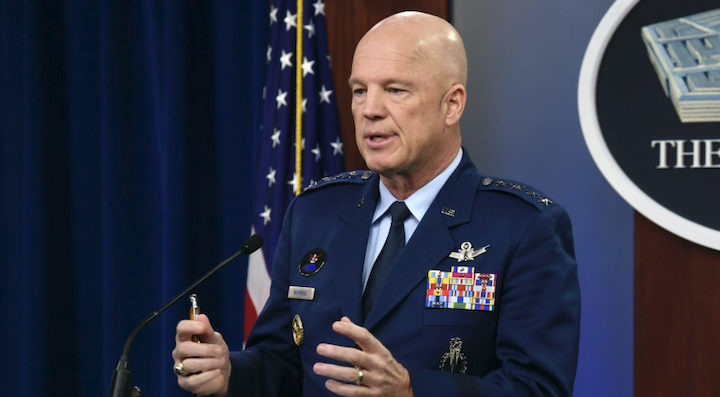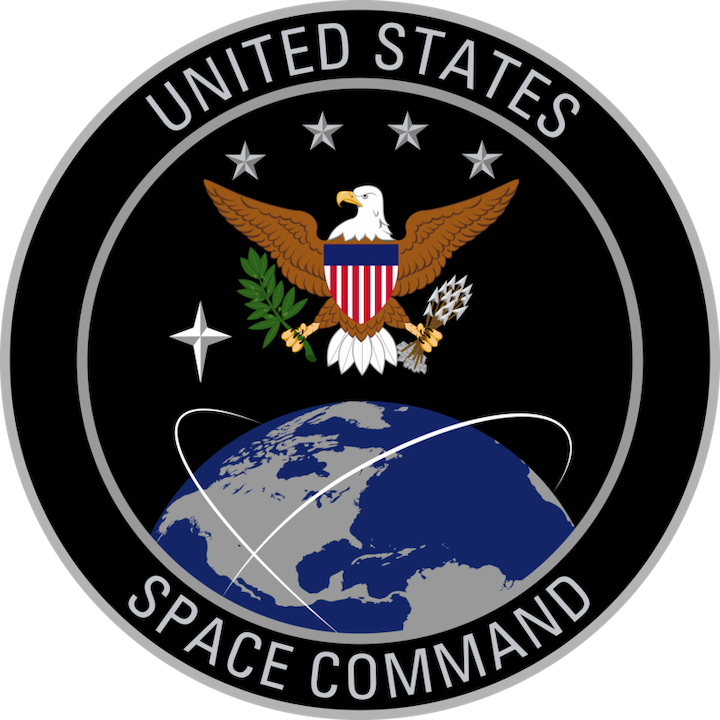17.04.2020

WASHINGTON — U.S. Space Command said Russia test fired an anti-satellite missile on April 15. The command said the test is proof that Russia’s space weapons threaten American satellites.
“Russia’s direct-ascent anti-satellite test provides yet another example that the threats to U.S. and allied space systems are real, serious and growing,” said Gen. John Raymond, commander of U.S. Space Command and U.S. Space Force Chief of Space Operations.
In a statement April 15, U.S. Space Command said the test showed that Russia’s missiles are capable of destroying satellites in low Earth orbit.
Raymond in February called out Russia for deploying an “inspector” satellite dubbed Cosmos-2542 that ejected a sub-satellite, Cosmos-2543 that was reportedly chasing USA 245, a classified imaging satellite owned by the National Reconnaissance Office.
These satellites “exhibited characteristics of a space weapon, conducted maneuvers near a U.S. government satellite that would be interpreted as irresponsible and potentially threatening in any other domain,” said Raymond.
The April 15 anti-satellite test is “further proof of Russia’s hypocritical advocacy of outer space arms control proposals designed to restrict the capabilities of the United States while clearly having no intention of halting their counterspace weapons programs.”
Raymond has called on governments to adopt norms for responsible behavior in space.
“It is a shared interest and responsibility of all spacefaring nations to create safe, stable and operationally sustainable conditions for space activities, including commercial, civil and national security activities,” he said.
Brian Weeden, director of planning at the Secure World Foundation, said the weapon tested was a Nudol ballistic missile test, and Russia put out a warning that it would be launching one. “This appears to have been the 9th or 10th test of the Nudol system since 2014, so we known this system has been in development for a while,” Weeden told SpaceNews.
Quelle: SN
+++
Russia tests direct-ascent anti-satellite missile

PETERSON AIR FORCE BASE, Colo. --
U.S. Space Command is aware and tracking Russia’s direct-ascent anti-satellite (DA-ASAT) missile test April 15.
“Russia’s DA-ASAT test provides yet another example that the threats to U.S. and allied space systems are real, serious and growing,” said Gen. John W. “Jay” Raymond, USSPACECOM commander and U.S. Space Force Chief of Space Operations. “The United States is ready and committed to deterring aggression and defending the Nation, our allies and U.S. interests from hostile acts in space.”
Russia’s missile system is capable of destroying satellites in low Earth orbit (LEO) and comes on the heels of Russia’s on-orbit testing the U.S. highlighted in February, namely COSMOS 2542 and COSMOS 2543. These satellites, which behaved similar to previous Russian satellites that exhibited characteristics of a space weapon, conducted maneuvers near a U.S. Government satellite that would be interpreted as irresponsible and potentially threatening in any other domain.
“This test is further proof of Russia’s hypocritical advocacy of outer space arms control proposals designed to restrict the capabilities of the United States while clearly having no intention of halting their counterspace weapons programs,” Raymond said. “Space is critical to all nations and our way of life. The demands on space systems continue in this time of crisis where global logistics, transportation and communication are key to defeating the COVID-19 pandemic.
“It is a shared interest and responsibility of all spacefaring nations to create safe, stable and operationally sustainable conditions for space activities, including commercial, civil and national security activities,” Raymond concluded.
Quelle: United States Space Force
